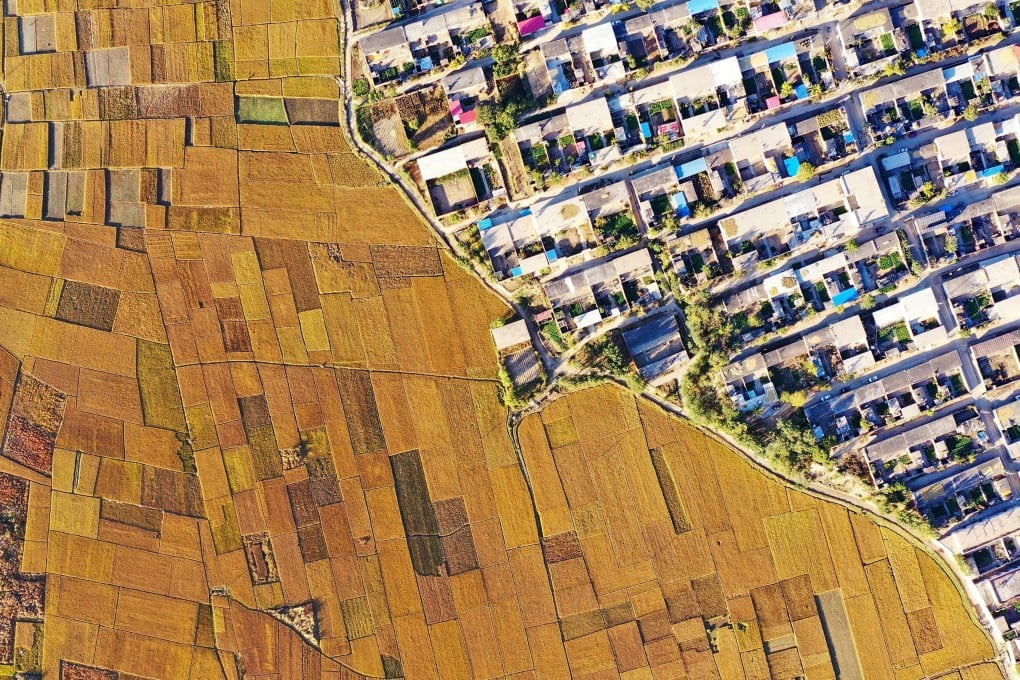China food security: time to boost domestic output as focus on imports ‘fundamentally incompatible’
- China’s focus on self-reliance in food security this year means stronger domestic production and so fewer imports over time, analysts say
- Food supply self-reliance has become a hot political issue and economic priority ahead of the 100th anniversary of the Chinese Communist Party this year

As it bids to ensure the security of its food supply, China will switch to paying more attention to improving its domestic production having relied on record import levels during a coronavirus-hit 2020, a trade which is likely to stabilise or even start to drop this year.
Just over a week after Joe Biden was inaugurated as the new president of the United States, Chinese buyers bought 5.86 million tonnes of American corn at the end of January, marking the highest weekly purchase since records began in 1999 and a sharp rise from 75,899 tonnes a week earlier.
During the first four weeks of January, a total of 978,353 tonnes of US corn was shipped to China, over 730 times the amount during the same period in 2019, while net sales of American soybeans to China were over four times that of the previous-year period, according to the United States Department of Agriculture (USDA).
Substantial grain purchases by China amid an increasingly tight worldwide supply, in addition to lower-than-expected production and inventories in the US, helped send global food prices to their highest level since July 2014 in January, according to the Food and Agricultural Organization of the United Nations.
